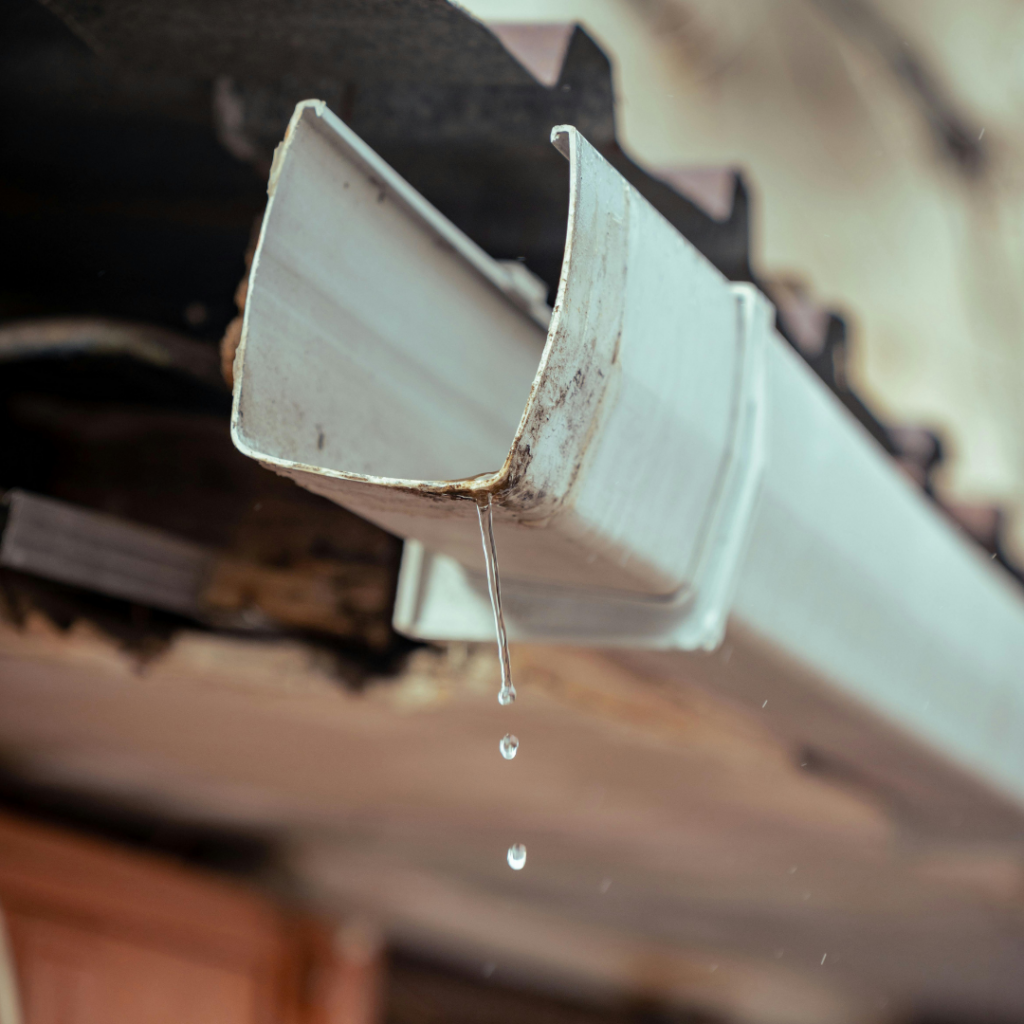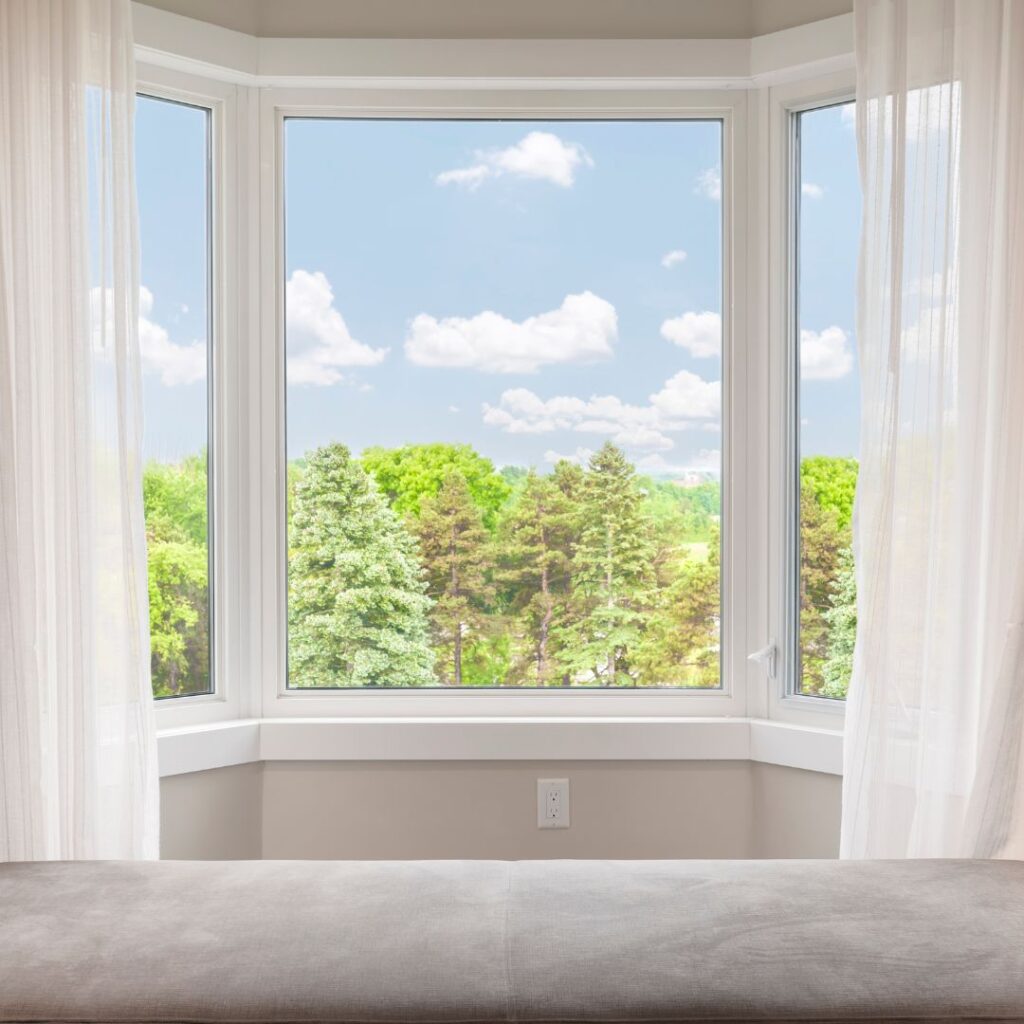Seeing your windows fog up or collect moisture may seem like a minor nuisance, but in some cases, it can indicate bigger issues lurking behind the glass. Window condensation is one of the most common concerns homeowners face, especially during seasonal temperature changes. While some condensation is perfectly normal, persistent or misplaced moisture can signal problems with humidity control, insulation, or window seals. Here’s how to understand what it means—and what you should do about it.
What Causes Window Condensation?
Condensation happens when warm, humid air comes into contact with a cooler surface, such as a windowpane. When the air cools rapidly on that surface, it releases moisture in the form of water droplets. This effect is most visible in winter, when indoor air is heated but outdoor temperatures cause your window glass to stay cold. Everyday activities can raise your indoor humidity—cooking dinner, taking a hot shower, running a humidifier, even having multiple people in a room for long periods. When the air inside your home becomes saturated with moisture, windows often become the first visible sign that humidity levels are too high. In well-insulated homes, condensation can actually occur more frequently because modern construction tends to keep indoor air sealed in—meaning the humidity has nowhere to escape. Understanding what type of condensation you’re seeing will help determine the appropriate solution.

Types of Condensation: What They Mean
1. Interior Condensation
This occurs on the inside of your window glass. It’s especially common in winter and typically results from high indoor humidity levels meeting cold glass surfaces. If the moisture is light and disappears during the day, it’s usually nothing to worry about. However, consistent moisture—especially if it’s dripping or causing puddles—can damage window sills, warp wood frames, and promote mold growth. Interior condensation is a signal that your home may need better ventilation or humidity control. Left unaddressed, it can lead to long-term issues like rotting frames, stained drywall, and decreased indoor air quality.
2. Exterior Condensation
You may notice dew forming on the outside of your windows during spring or fall mornings. This happens when warm, moist outdoor air touches the cool surface of your window—typically after a cool night. While it might seem odd, this type of condensation is harmless and actually a sign that your windows are well-insulated and doing their job. The outer pane stays cool enough to attract condensation, meaning heat from inside the home isn’t escaping through the glass. No action is needed for exterior condensation—it usually evaporates on its own as the day warms up.
3. Between-the-Glass Condensation
Condensation that forms between the panes of double- or triple-pane windows is the most concerning. This usually indicates a seal failure—the airtight seal that holds inert insulating gas between the panes has broken, allowing moisture to enter the space. Once the seal is compromised, the window’s insulating properties drop significantly. This type of condensation won’t go away on its own and often appears foggy or cloudy. Unfortunately, the only real solution is professional repair or full window replacement, depending on the severity and type of window.

How to Reduce or Prevent Window Condensation
Even if your windows are in good condition, controlling condensation primarily involves managing humidity and enhancing airflow in your home. Here are several steps you can take:
1. Control Indoor Humidity Levels
The first and most important step is keeping your home’s humidity at safe, balanced levels. Use a hygrometer to monitor the humidity—ideally, keep it between 30% and 50%. In winter, aim for the lower end of the range to avoid interior condensation. Use exhaust fans in bathrooms and kitchens while cooking or showering. Run them for at least 15–20 minutes after use. Avoid air-drying laundry indoors, and limit the use of humidifiers unless necessary.
2. Improve Air Circulation
Stagnant air traps moisture, especially in corners, behind curtains, or near cold surfaces. Open windows when possible to allow fresh air in, especially during dry weather. Ceiling fans and whole-home ventilation systems can help move air throughout the home, distributing humidity more evenly. Keep blinds or curtains slightly open to allow air to circulate around window glass. This helps reduce moisture build-up on colder surfaces overnight.
3. Upgrade to Energy-Efficient Windows
If your windows are older, single-pane, or poorly insulated, they are more likely to create a surface cold enough for condensation to form. Modern double- or triple-pane windows with argon or krypton gas fills and Low-E coatings help keep interior glass surfaces warmer, reducing the risk of condensation. Energy-efficient windows also help lower heating and cooling bills, improve comfort, and enhance noise reduction, making them a worthwhile investment in multiple ways.
4. Seal Drafts and Air Leaks
Drafts and leaks around windows and doors can contribute to uneven temperatures and condensation problems. Use weatherstripping or caulk to seal gaps around window frames. Check for signs of deteriorating seals or old insulation and replace as needed. Also consider sealing basement walls, crawl spaces, and attic access points to control humidity from all sources, not just windows.
When to Call a Professional
Some condensation issues can be addressed with simple humidity control and ventilation strategies. However, if you’re seeing moisture between window panes or noticing visible water damage on walls, frames, or flooring, it’s time to call a window professional. A trained technician can assess whether your window seals have failed and recommend repair or replacement options. In many cases, especially with newer windows under warranty, damaged panes can be replaced without replacing the entire unit. In other cases, upgrading your windows may be the best long-term solution for comfort, efficiency, and indoor air quality.
Conclusion
Window condensation is common, but it’s important to know when it’s harmless and when it signals a bigger issue. By identifying the type of condensation you’re seeing and taking steps to control indoor humidity, you can prevent damage and maintain a healthier, more efficient home. Keep an eye on persistent moisture or fogging between panes—and don’t hesitate to reach out to a window expert if you need help diagnosing or resolving the issue.
The Role of Gutters in Basement Flood Prevention
When it comes to protecting your home from basement flooding, most homeowners immediately think of sump pumps,…
Signs of Roof Damage After a Storm
Severe weather can be stressful for homeowners—and while you may check for flooding or fallen branches first,…
Window Condensation: What It Means and What to Do
Seeing your windows fog up or collect moisture may seem like a minor nuisance, but in some…



